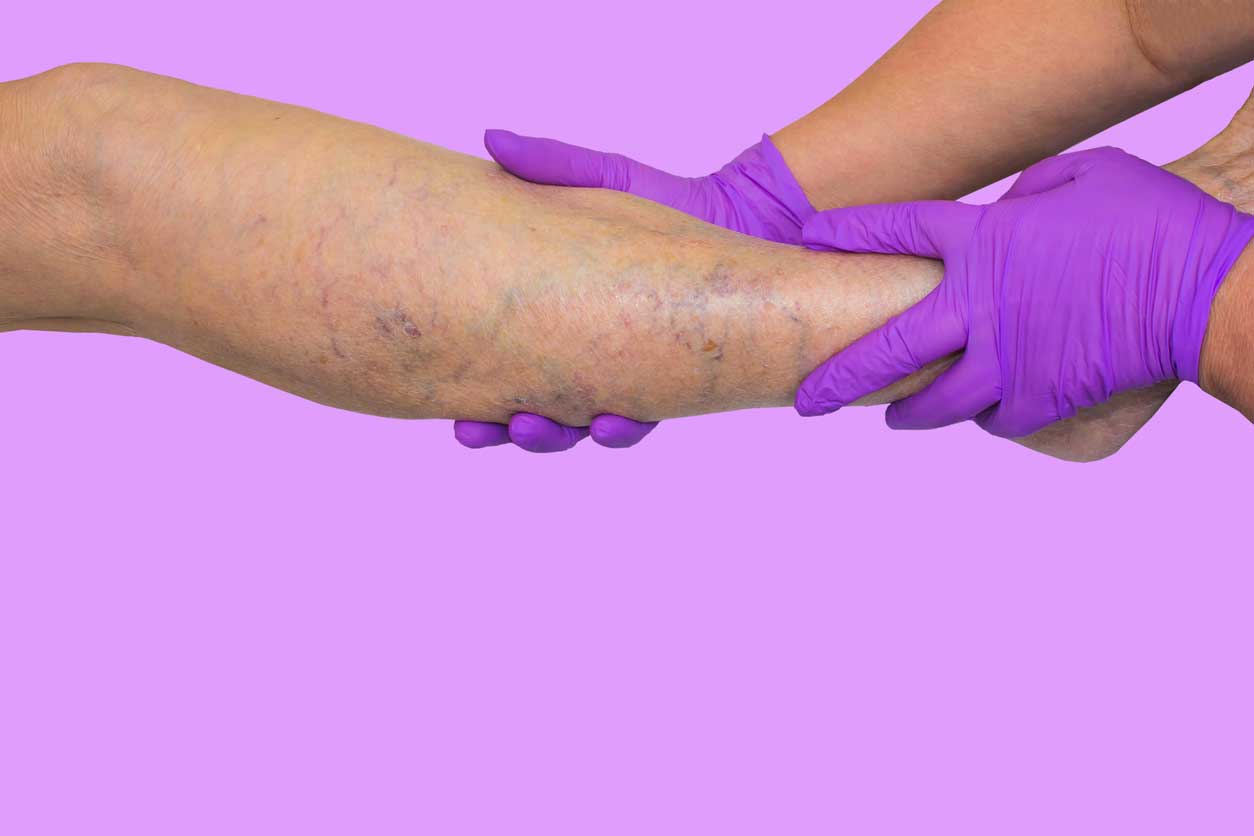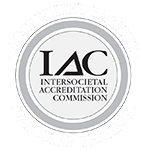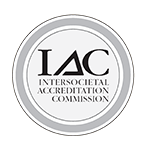
Limb swelling or edema is a complex disorder that occurs when excess fluid gets trapped in your body tissues. While edema can impact any part of your body, it commonly affects the arms, hands, ankles, legs, and feet.
Your hands and legs may puff or swell due to many factors. Some, like temporary fluid retention or general inflammation, are minor. Others, like lymphedema and chronic venous insufficiency (CVI), are more severe.
Studies reveal that over 20 million people in the U.S. suffer from chronic swelling caused by lymphedema or CVI. Both conditions have similar symptoms that pose unique risks for patients if left untreated. Here's everything you need to know about these conditions.
Meaning of Lymphedema and Chronic Venous Insufficiency
Lymphedema is a chronic medical condition that causes your skin and underlying tissues to swell. It occurs when lymphatic fluid accumulates in your arms or legs rather than flowing through your lymph vessels and nodes. The swelling happens due to many reasons, including:
- Illness
- Infection
- Inflammation
- Trauma
- Obesity or lack of activity
- Scar tissue preventing lymphatic fluid from circulating
- Cancer and cancer treatment (e.g., breast cancer causes arm lymphedema)
Chronic Venous Insufficiency (CVI) is a circulatory condition that occurs when the veins in your legs are damaged. It occurs due to your body's inability to circulate blood efficiently.
CVI is a disorder caused when the valves in your legs’ veins get damaged due to trauma or illness. This makes it difficult for valves to close completely, affecting your circulatory system. Blood flows backward from the heart and accumulates in the tissues of your feet and legs, causing swelling.
Differences between Lymphedema and Chronic Venous Insufficiency
While lymphedema and CVI have similar symptoms and even some risk factors relate, they're different. Here are the key differences between the two diseases:
Time of Onset or Age
Lymphedema caused by a defective lymphatic system (primary lymphedema) can occur at any age. The disorder manifests at birth, childhood, adolescence, or middle age. Secondary or acquired lymphedema resulting from a damaged lymphatic system (due to surgery, trauma or radiation therapy) can appear right after damage or sometime later.
CVI is common among older people as the valves in their veins become weaker to pump blood to their hearts. Studies reveal that CVI mostly affects patients above 50 years.
Swelling
Lymphedema swelling isn't often symmetric and affects the whole leg and foot. The swelling doesn't subside at night except when the disease is still in its earliest stage.
CVI swelling is typically symmetric or uniform in both legs and often affects your ankles and lower legs. The swelling worsens during the day and subsides overnight when you sleep, though it won't disappear.
Pain
Patients suffering from lymphedema won't experience much pain when standing or walking. The pain worsens due to swelling, increased limb weight, and joint problems. CVI-related pain worsens during or after standing or walking and reduces when you elevate your legs.
Treating Lymphedema and Chronic Venous Insufficiency
Although lymphedema and CVI are incurable, they're treatable. To treat lymphedema, you may work with a qualified physical therapist for complex decongestive therapy. These specialists provide education, exercise, massage, compression and lessons to help smoothen your lymphatic drainage system.
Unlike lymphedema, CVI treatment is relatively more straight-forward depending on the disease's cause and severity. If your CVI is due to blood clots, you may receive blood-thinning medications like aspirin and warfarin to restore circulation.
More severe CVI cases may require minimally invasive procedures to remove leaky or repair damaged veins and improve blood flow. Some of these procedures include:
Compression stockings or garments help reduce daily swelling and boost lymphatic fluid or blood flow. Your vein specialist could recommend different skin care treatments, including medicine or drugs, to treat your CVI and lymphedema.
Seek Expert Help Today
Lymphedema and Chronic Venous Insufficiency are complex disorders that cause swelling of your legs, arms, and other body parts. They occur due to trauma, injury, illness, infection, or inflammation of the lymphatic nodes or veins in the affected area. These diseases (while incurable) are treatable, affect people of varying ages, and pose different swelling and pain levels.
If you're suffering from chronic or recent onset limb swelling, our board-certified vascular doctors at the Vein Institute of NJ at The Cardiovascular Care Group are ready to perform a thorough evaluation. We are a team of top-rated and highly experienced vein specialists who offer the most effective vascular treatment options in New Jersey. Our doctors provide specialized therapy and the latest medical solutions to treat your condition.
Schedule an appointment today, and let us help you restore your health and functionality today.








